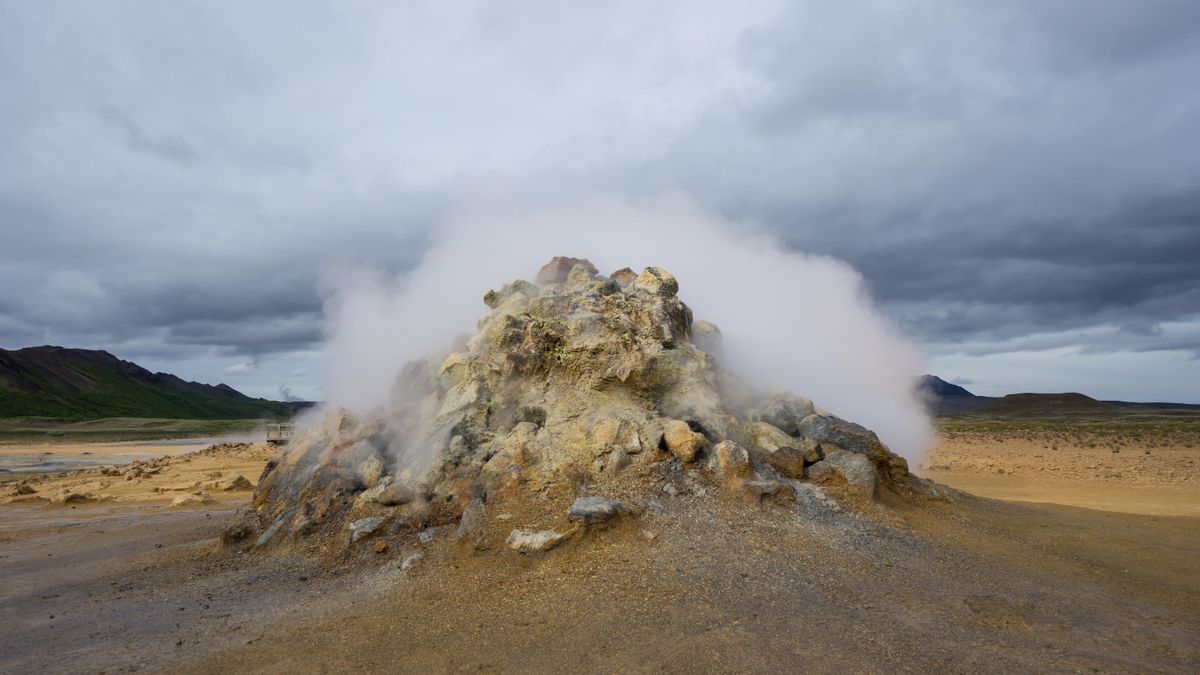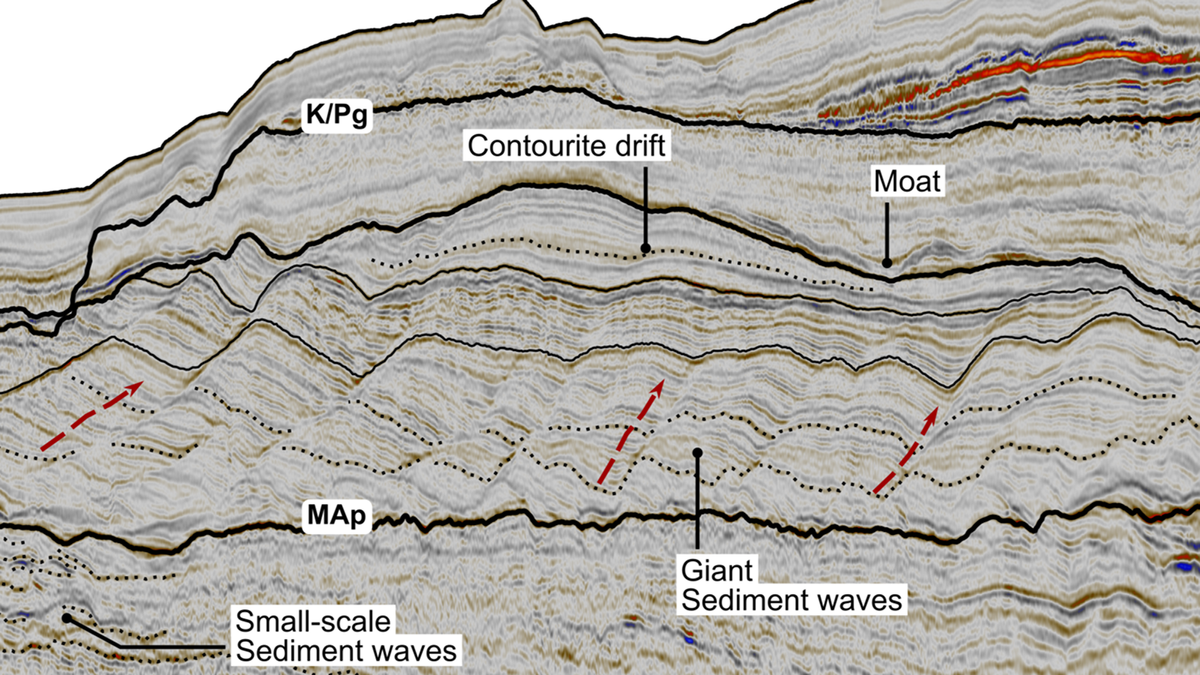Now Reading: Scientists Reveal Blueprint for Hidden Clean Energy Source to Sustain Earth for 170,000 Years
-
01
Scientists Reveal Blueprint for Hidden Clean Energy Source to Sustain Earth for 170,000 Years
Scientists Reveal Blueprint for Hidden Clean Energy Source to Sustain Earth for 170,000 Years

Fast Summary
- Scientists have identified vast hydrogen reservoirs buried within Earth’s crust, with indications that the reserves could meet current global energy needs for 170,000 years.
- A new study outlines key geological conditions crucial for finding and extracting underground hydrogen efficiently.
- Specific geological environments conducive to hydrogen accumulation are ophiolite complexes,igneous provinces,and Archaean greenstone belts.
- Research highlighted tectonic stress and high heat as factors aiding hydrogen release from rocks deep in the Earth.
- Exploration companies like Koloma (funded by Bill Gates’ Breakthrough Energy) and others are actively studying natural hydrogen resources for commercialization purposes.
- Manufacturing clean “natural” hydrogen from such reservoirs could significantly reduce carbon emissions compared to current methods relying on hydrocarbons.
Image descriptions:
- An active fumarole in Iceland: Image depicts gas emission; represents interest in natural clean energy sources (Simon Dux via Alamy).
- Closeup of ophiolitic rocks in Italy: Example of regions being examined for potential reservoir discovery (Michele D’Amico supersky77/Getty Images).
Indian Opinion Analysis
The discovery of abundant natural hydrogen reserves beneath the Earth’s crust has profound implications globally, including India’s energy future as it seeks sustainable alternatives to fossil fuels amidst rising emissions concerns.While the breakthrough primarily targets clean energy commercialization abroad, Indian companies may benefit by adopting similar exploration technologies or forging partnerships with international firms engaged in this sector.
India’s ambitious renewable roadmap already prioritizes green methane/hydrogen usage-this research complements national objectives targeting net-zero emissions but demands assessment of local geological viability before large-scale exploration begins domestically.
Environmental risks aside (e.g., microbial degradation of gases), transitioning toward naturally sourced “clean” forms avoids inefficiencies involved with hydrocarbon-derived production methods currently dominating industrial utilities here-from fertilizers to transportation systems.
This study opens possibilities for collaborative exploration dialogues between scientific communities worldwide while underscoring longstanding principles routinely integrated into geophysical mining/resource checks across India’s subcontinent geology patterns too perhaps somewhere untapped corridors linking formations/oceanic mantles already housing observable gaps zones locally deserving baseline maps therein…























